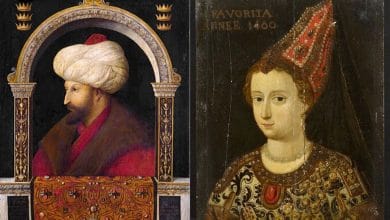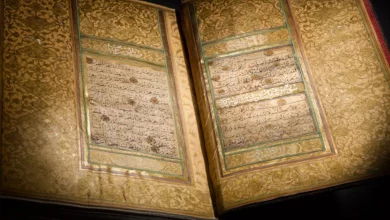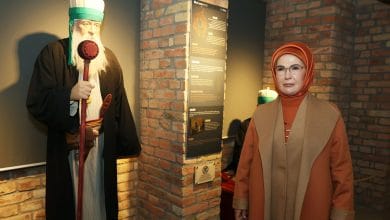The Legacy of the Kayı Tribe: Settlements and Descendants
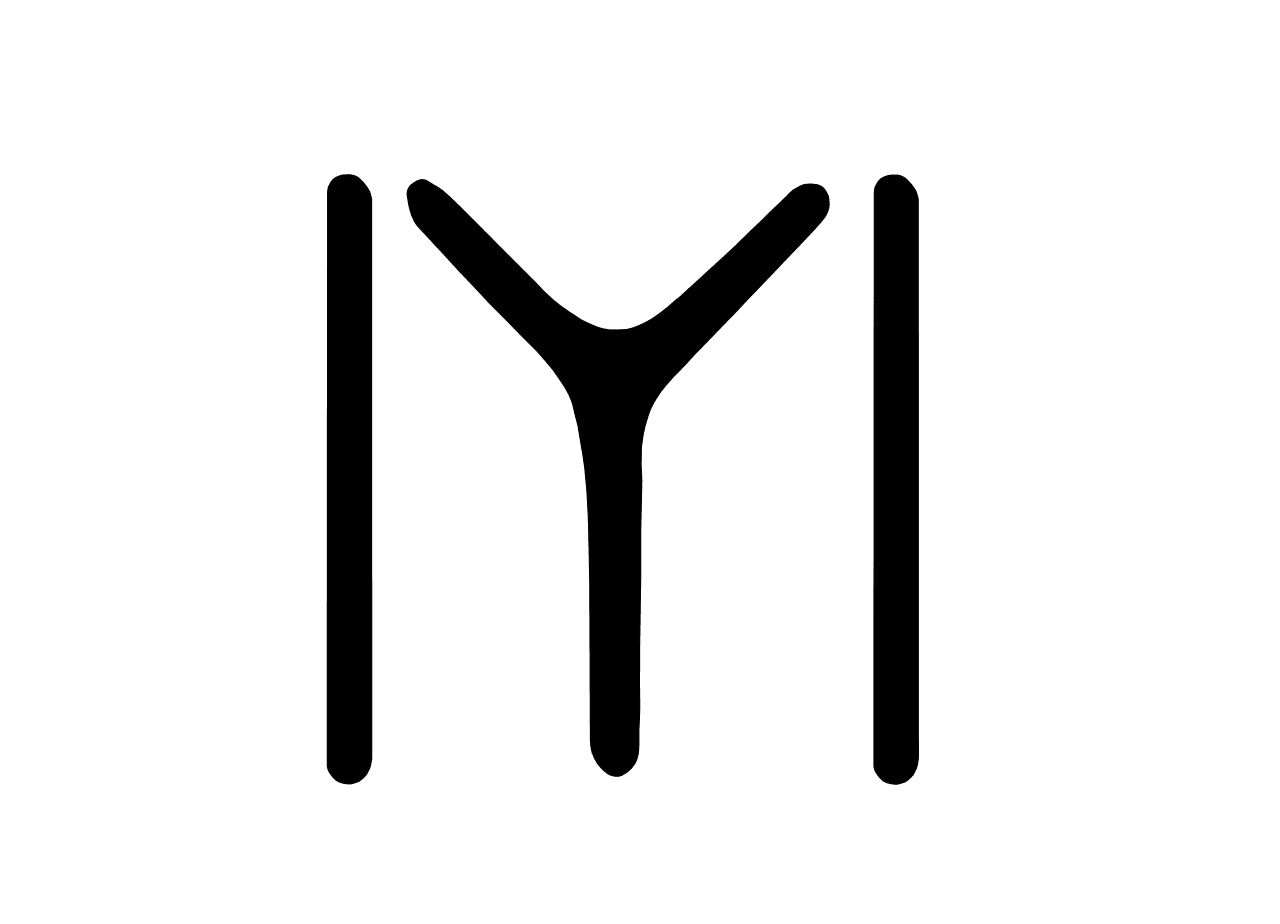
In mythology, Oğuz Han is a legendary hero regarded as the ancestor of the Turks. It is believed that Turks, living across a vast geography from Central Asia to Egypt and from Egypt to the Balkans, trace their lineage back to him. The Oğuz tribes consist of 24 branches, with the Kayı tribe being the most renowned. It is widely known that the Kayı clan played a foundational role in establishing the Ottoman Empire. But what more can we say about the Kayı tribe beyond this well-known fact? Let’s explore seven key points about the Kayı tribe.
The Kayı tribe belongs to the Bozok branch, one of the two main divisions of the Oğuz tribes.
What do Bozok and Kayı signify? According to the Oğuz Kağan epic, Oğuz Han had two wives. His first wife, a beautiful girl, was discovered and married under a tree on an island. The second wife, equally beautiful, appeared to him in a blue light descending from the sky. Oğuz Han had three children with each wife. The children from his first wife formed the Üçok (earthly) branch, while those from his second wife formed the Bozok (celestial) branch.
The names of the Üçok branch children are Deniz Han, Dağ Han, and Gök Han. The Bozok branch children are Gün Han, Ay Han, and Yıldız Han. The Kayı tribe is said to descend from Gün Han, the son of Oğuz’s celestial wife. Through Gün Han, the Kayı tribe became one of the most significant lineages within the Bozok branch.
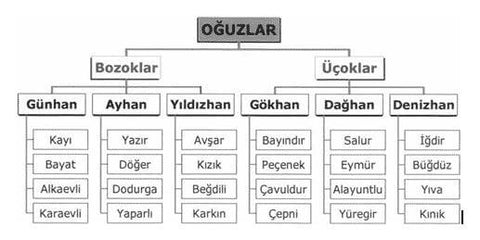
What does Bozok and Kayı mean?
The word Bozok is derived from two words Boz + Ok. Boz means “gray color”. Ok, on the other hand, it is important for the nomadic Turkish societies to be the most important and skillfully used weapon. As one of the communities where Turks live as neighbors in Central Asia, “Bosoh” means to rise to the language of the Mongols. The word Kayı is defined as “possessor of strength and might, as a force”.

What is the ongun (holy animal) and its stamp?
According to the information given in the section titled “History-i Oğuzân and Türkân” in Cami’üt-Tevarih, the work of historian Reşîdüddîn Fazlullah-ı Hemedânî, who lived in the end of the 13th century and the first quarter of the 14th century, the Kayı tribe (holy animal) is hawk and hawks. one of the largest is aksungur / akdoğan. The Kayi stamp consists of two arrows and a bow.

The entrance to Anatolia in Kayı took place in the late 12th century.
In fact, the Kınık neck is of great importance in the entry of Turks into Anatolia. Which is the founding element of the state that we know as Seljuk. The Kiniks are among the first Turkish communities that came to Anatolia permanently and the beginning of this process is generally considered to be the Battle of Manzikert, which took place towards the last quarter of the 11th century. The Kayı tribe, which will later become the foundations of the Ottoman State, began to migrate to the region some time after the conquests began in Anatolia. Since it would not be correct to give a point date in this process, Kayi’s arrival to Anatolia can be described as the end of the 12th century.
There are different reasons for the Kayi clan to migrate to Anatolia.
The main homeland of the Turks is Central Asia. Over time, the Turks began migrating westward and in other directions. This migration occurred due to various reasons, such as conflicts with China, political disputes, drought, and their nomadic lifestyle.
The Kayı clan came to Anatolia for several reasons. One major reason was the pressure from the Mongols, who gained immense power during that period. Another was the Turks’ understanding of “gaza” and jihad after embracing Islam in the 8th century.
After the Great Seljuk State collapsed in 1157, the Abbasid State gained prominence in the region. The Turks resisted being ruled by Arab leaders, even if they were Muslim. This resistance led the Kayı clan to align with the Turkish elements of the Seljuk State in Anatolia.
During this time, the Kayı clan’s support against the Abbasids was crucial for the Turks.

The first stop of the Kayı clan in Anatolia is Ahlat.
Due to the reasons mentioned above, the migration and the first place it settled in are the Ahlat, which is within the borders of the province of Bitlis. After the Kayılar stopped briefly here, they first migrated to Erzurum and then to Erzincan. Then the executive gentlemen followed different routes of migration. One of them, Osman Gazi’s father, Ertuğrul Bey, decided to stay in Anatolia with a relatively small group. In order to preserve its homeland and acquire a dormitory, Anatolian Seljuk ruler Alaeddin Keykubat settled in Söğüt, which is now within the borders of Bilecik, and in Domaniç, which is within the borders of Kütahya today. In this region, they started their adventure of “end principality”, which would later turn into the Ottoman Empire.
Pedigree strains still exist in different regions.
Kayı members are generally; They settled in villages around Eskişehir, Mihalıççık, Orhaneli, Isparta, Burdur, Fethiye, Muğla, Aydın and Ödemiş. The Amuca Tribe (Amucalar), descended from Gündüz Alp (Gündüz Bey). The elder brother of Osman Gazi, continues to exist in various villages of Kırklareli and Tekirdağ. In Ertuğrul village of Balıkesir in Southeastern Bulgaria.


